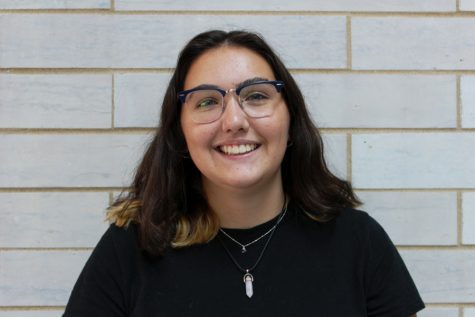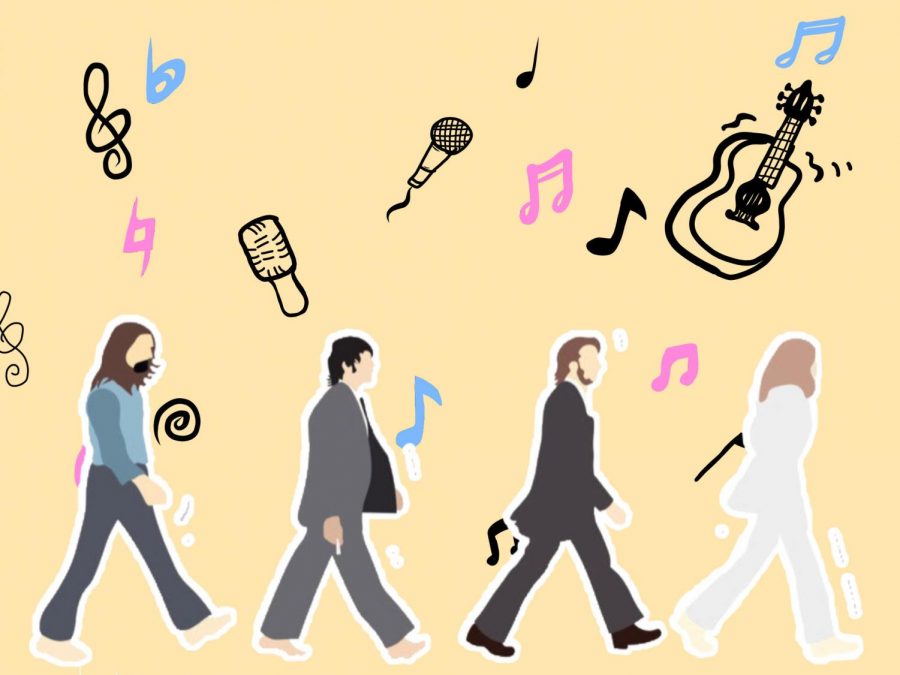‘Come Together’ to watch ‘The Beatles: Get Back’
‘The Beatles: Get back’ hit home for all generations. The three-part series was released on Disney+ last week.
The story of John, Paul, George and Ringo is one that expands over opposing politics, friendships, marriages and breakups. However, the Liverpool based band was still able to create some of the most diverse and joyous music to date.
Director Peter Jackson’s three-part docuseries, “The Beatles: Get Back,” was finally released to the public on Disney+ last week, sharing never-before-seen footage from the making of the 1970 album, “Let It Be.” The scraps of footage were originally set to air back in the late 1970s by director Michael Lindsay-Hogg. However, viewers at the time found the series to be a bore.
Fifty years later, the series gained a vast amount of popularity from people who were original fans from back in the 60s and teens who got the liking for the group passed down from their parents; I am a part of that latter. Every morning, my dad would put on The Beatles Radio and it would play as the soundtrack to our lives for years, until the radio actually broke. Now, at the peak of my music taste, I was over-the-moon to watch the series with him.
“The Beatles: Get Back” was the pinnacle of mine–and others–fascination with the quartet. The series dove into the creative, personal and incredibly grueling process of the month-long writing and rehearsing process for what would be the group’s last live performance and album ever.
There’s something bittersweet about being able to actually witness your idols create your favorite music that has survived for almost fifty years of the evolving industry. Being able to see the progressions of the first demos to the finished product is something one cant describe. I was in pure awe of the stripped down, raw version of the evolved sound of The Beatles with songs like “Across the Universe” and “Don’t Let Me Down.”
The documentary was a roller-coaster of laughs from John’s witty jokes, the puppy love from Paul and Linda and heartbreak of the temporary walk out from George. However, this ultimate dynamic of the band was a realization of the end of the group’s career. Although I was raised during a time when the band’s demise was announced decades prior, it still felt like a jab in the heart to realize it was their last performance together.
Many viewers claimed the docuseries to be “too long,” declaring that it could have been shorter. I personally believe that the eight-hour long documentary was a necessary eight hours. It covered everything from the beginning of the creative process to what they used to record and it was purely fascinating.
My favorite part of the series was the fact that they brought in Billy Preston to play on the keys. I hadn’t heard much of Billy Preston, but I knew he would uplift the mood from The Beatles by a million. As he played the riff of “Get Back,” all I could think was “this guy is a wizard.”
Besides the moments of incredible humor from Ringo and John’s odd dancing and the hilarious commentary between the group, “The Beatles: Get Back” was a step away from the spotlight and a step into the world of the artist. By watching, I got to witness some of the most legendary and well-known music out there be created.
“We’re bloody stars you know,” said John Lennon.



Teresa Levreau • Dec 3, 2021 at 8:48 pm
This is a wonderful article. I cannot wait to see it…
Jean • Dec 3, 2021 at 7:33 pm
Great article with good insights on the documentary